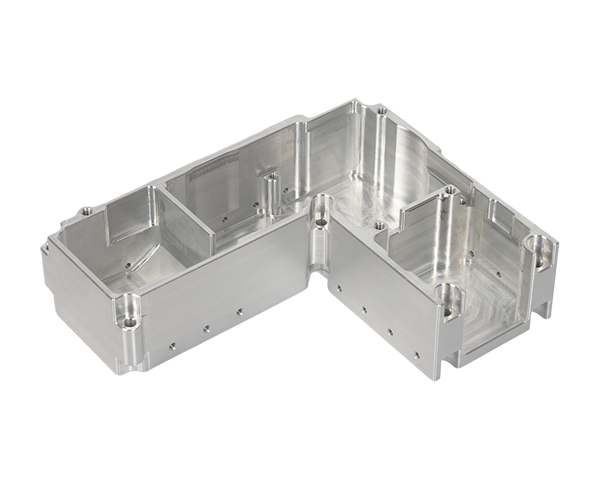2025-07-17 hits:0 source:News

The die casting process for aluminum parts involves several sequential steps to ensure precision, strength, and surface quality. The first step is mold design and fabrication. Engineers design the mold (typically made of H13 hot work steel) based on the part’s dimensions, complexity, and tolerance requirements. The mold includes a cavity, core, and gating system to control the flow of molten aluminum. Computer-aided design (CAD) and computer-aided manufacturing (CAM) tools are used to optimize the mold structure, ensuring uniform filling and minimizing defects like porosity.
Next is melting and alloy preparation. Aluminum alloys (such as ADC12 or A380) are melted in a furnace at temperatures ranging from 650°C to 720°C. During melting, impurities are removed through fluxing or degassing processes to reduce hydrogen content, which can cause porosity in the final part. Alloying elements (e.g., silicon, copper, magnesium) are added to achieve desired mechanical properties, such as increased strength or corrosion resistance.
The casting process follows, where molten aluminum is injected into the mold cavity under high pressure (typically 10 to 150 MPa) using a die casting machine. The pressure is maintained until the aluminum solidifies, ensuring the molten metal fills all intricate details of the mold. The cycle time varies from 10 to 60 seconds, depending on the part size and complexity.
After casting, the part is ejected from the mold using ejector pins. This is followed by trimming to remove excess material (e.g., sprue, runner, flash) using hydraulic presses or CNC machines. Post-processing steps may include heat treatment (e.g., T6 tempering) to enhance strength, surface finishing (e.g., polishing, anodizing, or powder coating) to improve corrosion resistance and aesthetics, and quality inspection (e.g., X-ray testing, dimensional measurement) to ensure compliance with specifications. Each step is critical to producing high-quality die-cast aluminum parts that meet performance and durability requirements.
Read recommendations:
lf you have any questions or comments, you can leave us a message and we will reply to you as soon as possible
